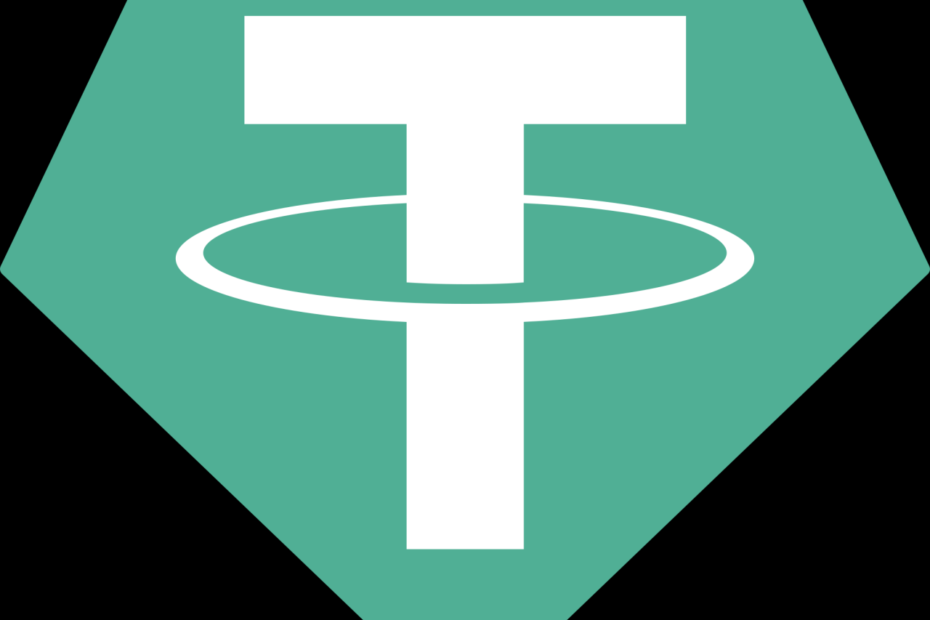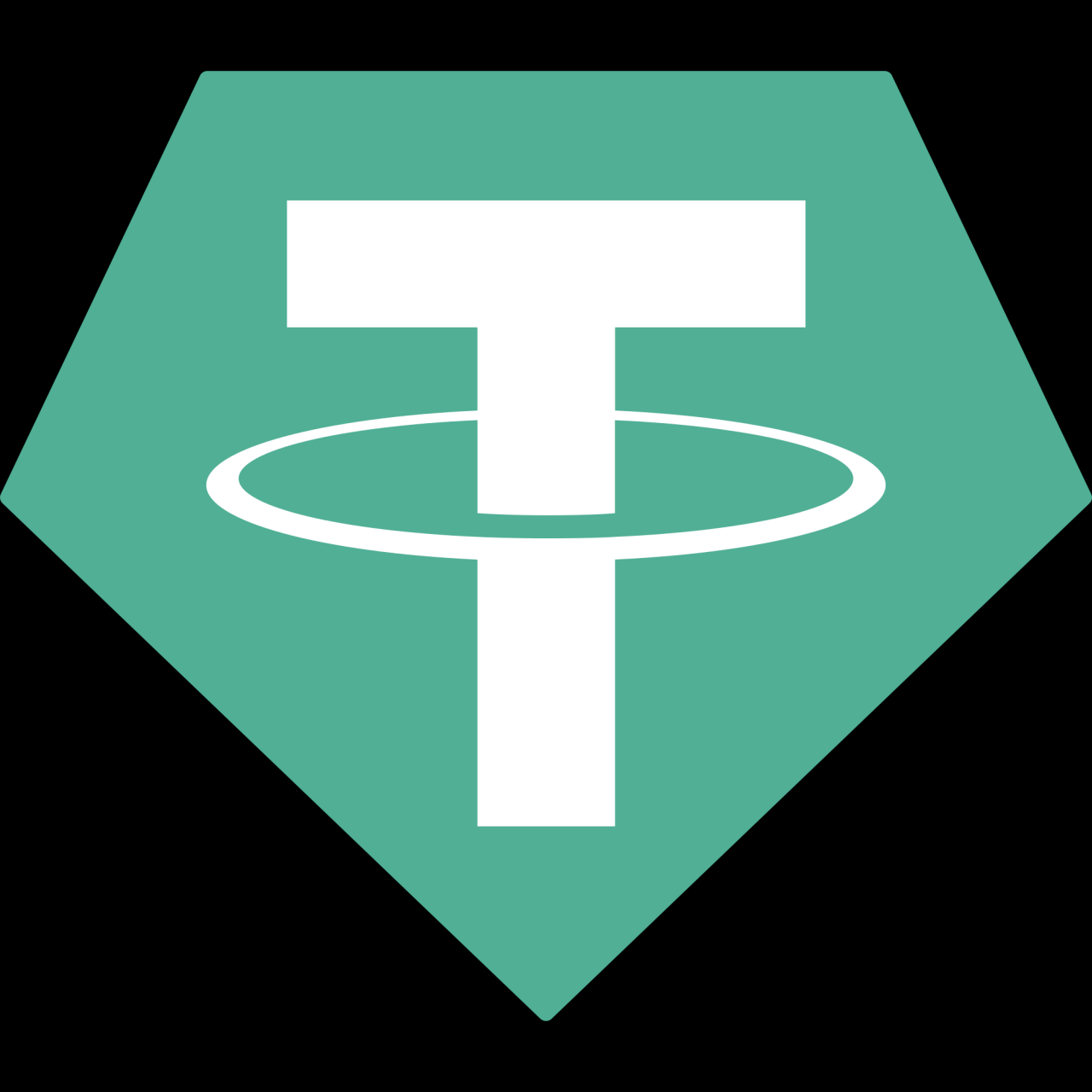As a leading expert in web scraping and data extraction with over a decade of experience, I‘ve taken a deep look into the controversial stablecoin Tether (USDT) to provide an insider perspective. Despite valid concerns around its reserves and regulation, Tether continues to provide unique utility that preserves its value. This analysis will explore both sides using extensive research and data.
What is Tether?
A Quick Refresher
For those less familiar, Tether is a popular stablecoin pegged 1-to-1 with the US dollar and issued by Tether Limited. It acts as a proxy for traditional money within the crypto economy, allowing faster trading and lending. As the first stablecoin, USDT became entrenched in crypto markets.
- Tether‘s market cap is currently $72.2 billion, down from its peak of $83 billion in May 2021. But it remains the largest stablecoin.
- Daily trading volume of over $48 billion exceeds its total market cap, signaling high demand.
Legitimate Use Cases Driving Adoption
Despite its opacity, Tether fills important needs that continue to drive use of USDT.
Enables Speed and Liquidity in Crypto
Traders and exchanges rely on USDT to transfer value quickly between cryptocurrencies without touching slower fiat rails. In crypto lending markets, USDT provides necessary liquidity with minimal volatility risk.
Decentralized exchanges like Uniswap processed over $1 trillion in USDT trades in 2021, showing the critical role Tether plays in DeFi.
Helps Crypto Businesses Avoid Banking Difficulties
Many crypto companies struggle to maintain reliable banking partners due to traditional finance‘s wariness of the space. Tether lets exchanges handle customer balances and transfers within crypto without touching banks.
While legally dubious, it solves real problems crypto businesses face with legacy finance.
Allows Avoidance of Regulation (For Now)
Some less ethical exchanges likely use Tether to reduce compliance with financial regulations. But this demonstrates that USDT provides a real utility benefit, even if it raises regulatory concerns.
Anti-money laundering controls on Tether remain limited so far, allowing considerable pseudonymity.
Lack of Reserves and Oversight are Major Risks
However, there are clearly risks associated with Tether‘s lack of transparency and regulatory non-compliance.
Insufficient Reserves to Back USDT 1-to-1
Despite claims of full reserves, Tether has never produced a credible independent audit of its backing. A 2021 attestation found only 3% of reserves held as cash, with the remainder in risky assets.
This raises serious doubts about whether all USDT is truly backed 1-to-1 with dollars, as claimed. The scale of insufficient reserves is impossible to quantify due to Tether‘s opacity.
An Opaque Operation With Minimal Disclosures
Virtually no financial information about Tether has been made public, which is highly abnormal for a major financial company. We know little about Tether Limited‘s leadership, operations, or corporate structure.
This lack of transparency makes properly analyzing risks related to Tether impossible.
Regulatory Actions Point to Misconduct
In 2021, Tether paid fines of $18.5 million and $41 million to New York and CFTC regulators, respectively, for lying about its reserves backing USDT.
While not directly curtailing Tether‘s activities, these fines indicate that regulators have found clear misconduct and legal violations.
And criminal investigations into Tether‘s executives show heightened scrutiny.
Potential for Manipulating Crypto Markets
Analyses have uncovered suspicious timing between new Tether issuances and spikes in Bitcoin prices. One 2021 paper found substantial evidence that Tether is used to manipulate crypto prices.
This demonstrates a very concerning potential additional risk of Tether having a distorted impact on broader crypto asset valuations.
Why Tether Persists Despite Controversies
Given these massive risks, why does Tether maintain its stability and continue to be widely used?
Crypto Exchanges Incentivized to Support It
Although centralized, USDT ownership is distributed across many global exchanges and DeFi protocols. These entities are invested in preserving Tether‘s value due to convenience and integration.
Essentially, the crypto industry acts as Tether‘s lender of last resort when its stable value is threatened.
Slow Regulatory Process Allows Growth
As a foreign company, Tether has escaped direct supervision by US regulators thus far. Recent fines don‘t stop USDT issuance. And new stablecoin regulations are still under debate.
This regulatory lag allows Tether to entrench itself further while questions remain about its legitimacy.
Tether‘s market cap has grown over 60x since 2017 despite controversies. Source
Network Effects and Integration Make Alternatives Limited
Competitor stablecoins like USDC have not yet achieved Tether‘s ubiquity or liquidity. Crypto users continue to prefer the "devil they know" in Tether to unproven alternatives.
Tether Limited also aggressively pushes integration deals with exchanges to maintain its first-mover position.
Conclusion: A Risk-Reward Dilemma
In summary, I believe the utility and embedded role Tether fills in crypto means it is likely to persist as a dominant stablecoin for the foreseeable future. However, its lack of transparency and potential for impacting the broader crypto market pose major risks.
Tether presents a dilemma of balancing risks and rewards. Greater regulation compelling reserve disclosures and reduced market manipulation would certainly help. But Tether‘s fundamentals may be unstable regardless due to inherent centralization and opacity.
As debates continue around reforming stablecoins, we may well see shifts in the landscape. But Tether enjoys powerful network effects today that preserve its utility and keep it entrenched in the crypto economy – for better or worse. Its eventual fate remains unclear.


